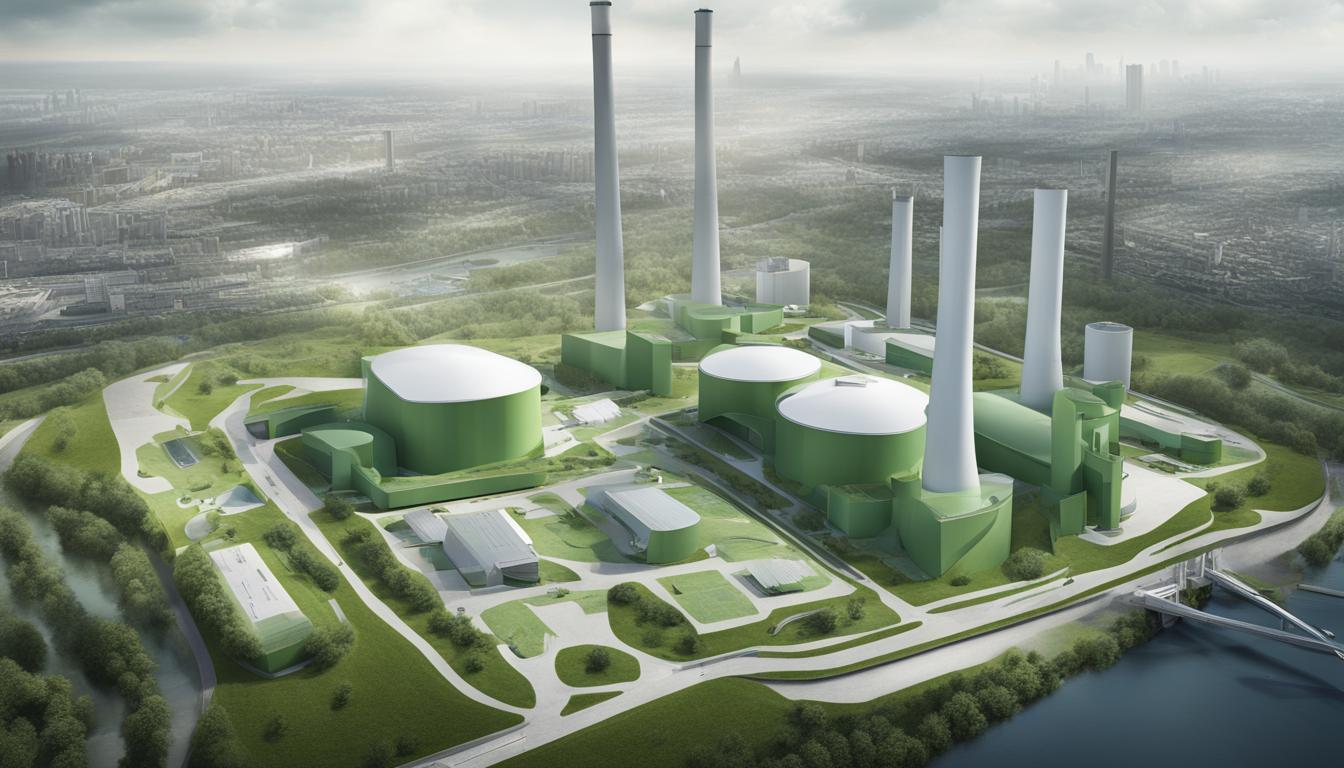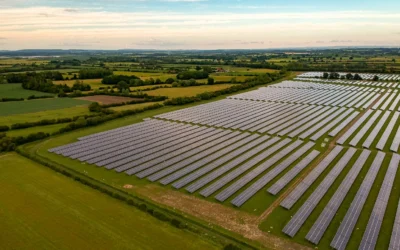The global waste to energy market is set to experience remarkable growth, with Europe forecasted to play a leading role in this transformation. According to Technavio, the market is projected to expand by USD 23.13 billion from 2023 to 2027, with an estimated Compound Annual Growth Rate (CAGR) of over 6.55%. Europe alone is predicted to contribute a substantial portion, accounting for 43% of this incremental growth.
Europe at the Forefront
The drive towards sustainability and the reduction of fossil fuel dependence is propelling the waste to energy market in Europe. Countries across the continent are actively pursuing renewable energy targets and adopting advanced waste management technologies. Germany emerges as a significant player, boasting over 80 operational plants dedicated to waste to energy conversion. This movement isn’t isolated, with France, the UK, and Sweden also making notable contributions.
The core of this industry lies in converting a variety of waste materials—such as municipal solid waste, industrial waste, and agricultural biomass—into usable energy forms like biofuels, biogas, and bioethanol. Technologies such as incineration, gasification, pyrolysis, and anaerobic digestion lead the charge, addressing urbanisation and industrialisation challenges by transforming waste into valuable energy and mitigating carbon emissions.
Key Technologies and Processes
The methods employed in the waste to energy sector are diverse, each contributing uniquely to sustainable energy generation. Incineration remains prevalent, especially beneficial for reducing landfill volume and capturing energy from waste combustion. Gasification and pyrolysis present alternative thermal technologies, breaking down organic materials at high temperatures to produce syngas or bio-oil. Anaerobic digestion emphasizes the breakdown of organic waste in the absence of oxygen, yielding biogas suitable for electricity and heat production.
These processes not only offer renewable energy solutions but also significantly cut down on greenhouse gas emissions. By converting waste streams into energy, the industry contributes to cleaner air and a healthier environment, essential elements of creating a circular economy.
Market Drivers and Challenges
Several factors are fuelling the rapid advancement of the waste to energy market. Heightened awareness of climate change and the environmental impact of traditional waste management practices has accelerated the push towards innovative solutions. The pressing need to reduce landfill use and carbon footprints aligns perfectly with the objectives of the waste to energy industry.
However, the market faces its share of challenges. Ensuring the financial viability of projects and gaining public acceptance remain critical. Efficient waste sorting and treatment facilities are necessary to maximize energy recovery and minimize environmental pollution. Additionally, technological advancements and the operational efficiency of these plants are paramount for continued growth and effectiveness.
Conclusion
The waste to energy market is poised for significant expansion, driven by technological innovation and the urgent need for sustainable energy solutions. Europe’s leadership in this sector underscores the global shift towards renewable energy sources and effective waste management practices. Companies across this industry are continuously working to enhance capabilities, address environmental concerns, and meet regulatory standards.
The promising outlook for waste to energy represents not just a market trend but a crucial element of global strategies to combat climate change and foster sustainable development. Such advancements mark a pivotal step towards a greener, more resource-efficient future.
For more in-depth market insights, consider exploring detailed reports and analyses from reputed research entities such as Technavio.




